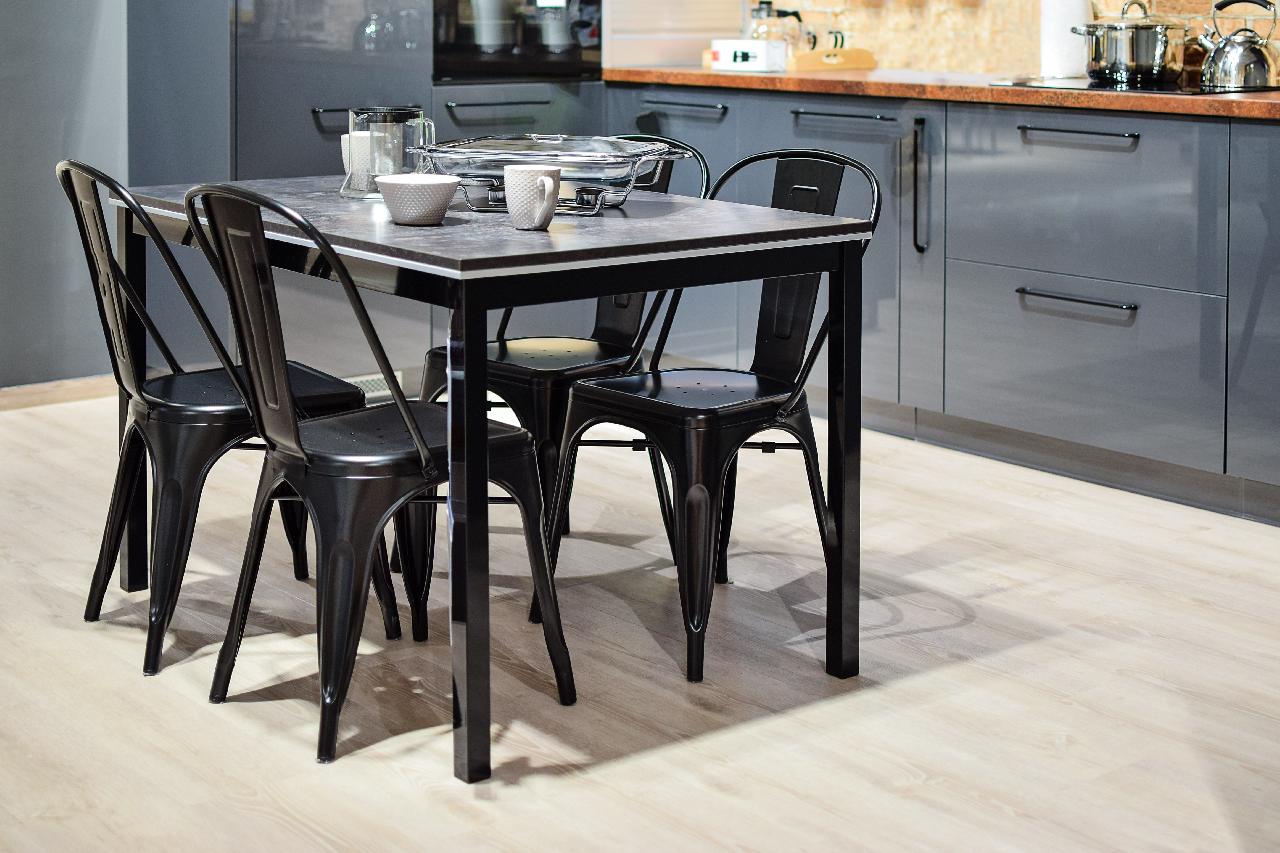Starting and running a successful interior design business can be incredibly rewarding. But as is the case with all new business ventures, the success or otherwise of your project will be determined by its financial viability.
This is something that begins long before launching an interior design business in the first place. Armed with the knowledge, skills, and confidence needed to get your business off the ground, you still need to find an appropriate way to finance the project.
For today’s interior designers, there are numerous avenues to explore where funding is concerned. Whether you are looking to go into a business solo as a freelance contractor or set up the next big interior design agency, the same funding options are worth considering.
Here are just a few of the many of the funding solutions available when setting up a new interior design business from scratch:
1. Small Business Loans
Some lenders (on the High Street and elsewhere) offer specialist small business loans for projects like these. The amount you can borrow will be tied to the viability and projected profitability of your business, assessed on the basis of the business plan you present. Some small business loans are secured against assets of value, while others are offered on a non-secure basis. In order to qualify for a business loan, you need to present a convincing business plan to an appropriate lender and ensure your figures are as accurate and realistic as possible (usually calling for third-party support).
2. Bridging Loans
One of the most affordable ways to fund a new business startup short-term is with bridging finance. A bridging loan would be secured against assets of value (usually a home or commercial property) and can be arranged within a few working days. There are no limits placed on how much can be borrowed and applicants with poor credit are welcome to apply. You do not need a provable background and business to qualify, or any specific proof of income. You simply need to demonstrate your capacity to repay the loan in full several months later, during which interest accrues at a rate as low as 0.5% (sometimes less).
3. Business Grants
In some instances, it may be possible to qualify for a small business grant from the government, which does not need to be repaid. Or perhaps, a low-interest business loan with preferential terms and conditions, such as a fixed rate of interest for several years. The UK government is continuously moving the goalposts where its small business grants and bursaries are concerned, but it is definitely an option worth looking into.
4. Personal Loans and Credit Cards
If the total combined costs of setting up your business are comparatively low, you could also look into the everyday consumer borrowing options. Credit cards and personal loans often come with a low introductory rate of interest, which could give you plenty of breathing room when you get your business off the ground. The only caveats are that you will need to have excellent credit to qualify and the likelihood of a comparatively low maximum loan/credit value.
5. Invoice Financing and/or Invoice Factoring
Invoice financing and invoice factoring provide small to medium-sized businesses with the opportunity to borrow against the value of outstanding invoices. This can be particularly useful during the early days of the business, where operational costs may temporarily exceed income. With invoice financing, you can access the cash tied up in multiple outstanding invoices almost instantly, in the form of a low-cost, short-term loan. The funds are then repaid when the invoices are fulfilled, helping avoid cash flow problems in the meantime.
This article was provided by UK Property Finance, a property finance specialist based in the UK.
Discover more from Futurist Architecture
Subscribe to get the latest posts sent to your email.




